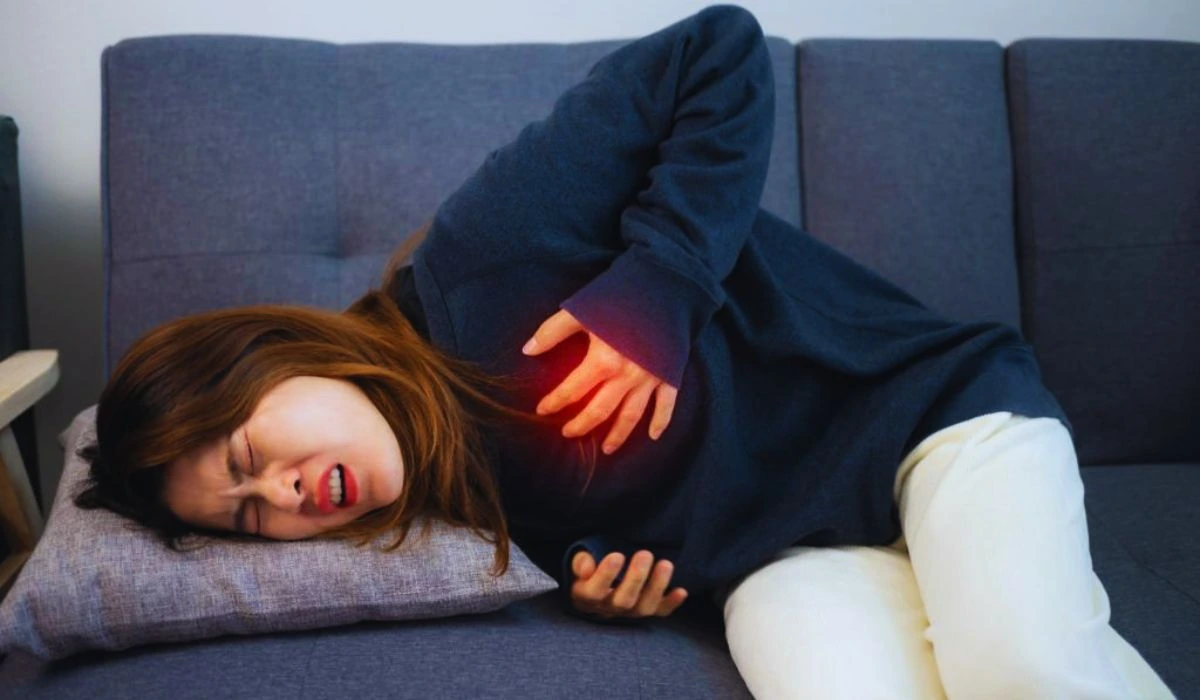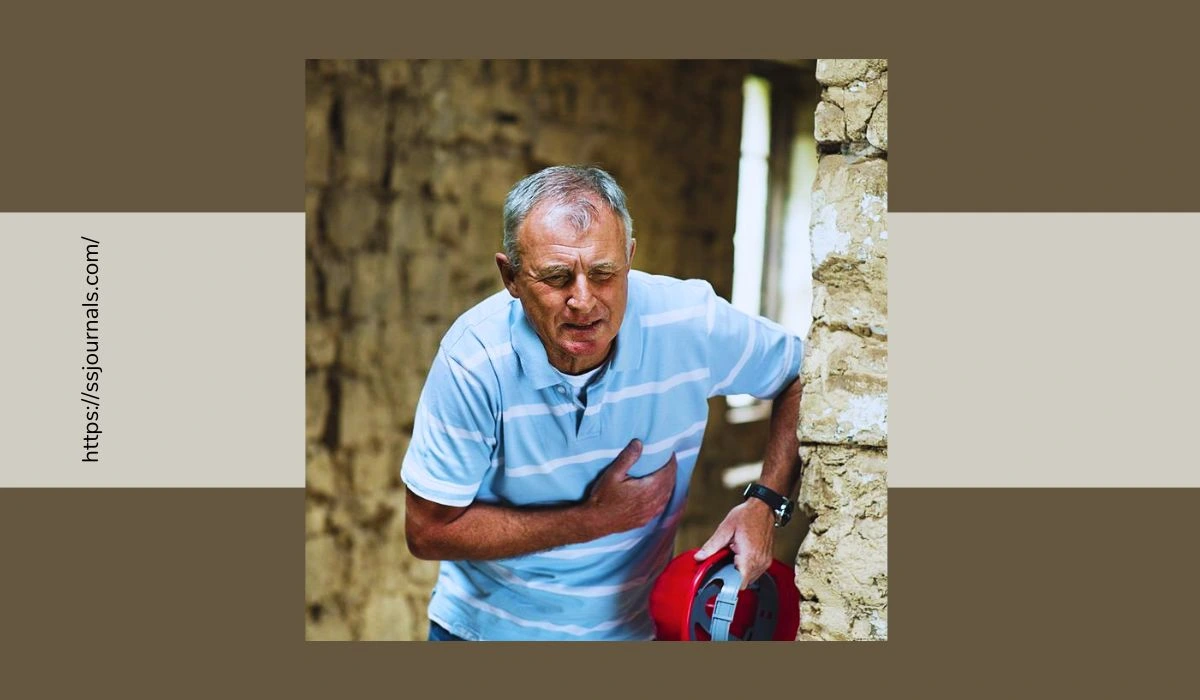Cardiac arrest is a life-threatening medical emergency that occurs when the heart suddenly stops beating. This causes an abrupt loss of blood flow to the brain and other vital organs. Cardiac arrest requires immediate treatment with cardiopulmonary resuscitation (CPR) and defibrillation to restore normal heart rhythm.
While cardiac arrest can happen without warning, there are preventive measures you can take to reduce your risk. This article will discuss the symptoms, causes, and prevention strategies for cardiac arrest.
Cardiac Arrest Symptoms

Some of the most common symptoms of cardiac arrest include:
- Sudden loss of consciousness. The person will be unresponsive and seem to have fallen asleep suddenly.
- No pulse. The carotid artery in the neck will not feel a pulse.
- No breathing. The person’s breathing will have stopped or been only occasional gasping.
- The skin may appear blue or grayish due to lack of oxygen.
- Abnormal or no breathing sounds when checking for breathing by placing your ear near your mouth.
- Loss of bladder/bowel control may occur.
- Sudden cardiac arrest may also be accompanied by choking, wheezing, or screaming due to disruption of breathing.
If you observe any of these signs, immediately call 911 or emergency medical services. Prompt CPR and defibrillation are essential to improving chances of survival.
What Causes Cardiac Arrest?
There are several potential causes of cardiac arrest:
- Heart attack – Blockage of blood flow to part of the heart muscle leads to abnormal heart rhythms. This accounts for over 50% of cardiac arrests.
- Heart arrhythmias – Abnormal electrical impulses in the heart result in an arrhythmia that causes the heart to suddenly stop beating. Examples are ventricular fibrillation and ventricular tachycardia.
- Heart defects – Structural problems in the heart present from birth defects can impair normal electrical conduction.
- Cardiomyopathy – Weakened heart muscle or stiffening of the heart walls can lead to electrical instability.
- Hypertrophic cardiomyopathy – Abnormal thickening of the heart muscle, often with a genetic cause.
- Pulmonary embolism – A blocked artery in the lungs can strain the heart and cause abnormal rhythms.
- Recreational drug use – Cocaine, amphetamines, and other stimulants may trigger lethal arrhythmias.
Are Cardiac Arrest And Heart Attack The Same?
Though they sound similar, cardiac arrest and heart attack have important differences:
- A heart attack occurs when blood flow to part of the heart muscle is blocked, usually by a clot. Cardiac arrest is an electrical problem that causes the heart to suddenly stop beating.
- A heart attack may cause cardiac arrest if it leads to very abnormal heart rhythms. However, cardiac arrest can also occur independently of a heart attack.
- Heart attacks require treatment with medications and procedures to restore blood flow. Cardiac arrest requires immediate CPR and defibrillation.
- A heart attack alone is generally not abruptly fatal. Cardiac arrest leads to death within minutes if untreated.
- Heart attacks have classic symptoms like chest pain and shortness of breath. Cardiac arrest strikes rapidly without warning signs.
So in summary, a heart attack is a circulation problem while cardiac arrest is an electrical problem. But the two can be connected in some cases when a heart attack triggers lethal heart rhythms.
How To Prevent Cardiac Arrest?
Though cardiac arrest may not always be preventable, you can take these actions to lower your risk:
- Get regular medical care to prevent or treat conditions like high blood pressure, high cholesterol, and diabetes that stress the heart. Follow all medication instructions.
- Exercise regularly to keep the heart fit and circulation healthy. Even moderate exercise for 30 minutes per day can make a big difference.
- Maintain a healthy body weight to reduce strain on the heart.
- Eat a nutritious diet low in sodium, sugar, and unhealthy fats. Limit alcohol intake.
- Don’t smoke. Smoking cigarettes is a major risk factor for heart disease.
- Reduce and manage stress through yoga, meditation, therapy, or other relaxation practices. Chronic stress affects heart health.
- Get screened for inherited heart conditions through tests like ECGs and echocardiograms if you have a concerning family history.
- Learn CPR so you’re prepared to provide a lifesaving response if someone has a cardiac arrest. Updated CPR certification every 2 years is recommended.
By monitoring cardiac risk factors and adopting lifestyle changes, you can significantly decrease your chances of suffering cardiac arrest. But be sure to also know the warning signs and emergency response needed if it does occur.
Conclusion
Cardiac arrest requires immediate treatment to prevent death and disability. While cardiac arrest cannot always be predicted, you can reduce your risk through prevention and early detection of heart disease.
Maintain follow-up care with your doctor, make heart-healthy lifestyle choices, and learn CPR. Acting quickly at the first signs of arrest can help save a life. With greater public awareness and preparedness, more cardiac arrest victims can receive the lifesaving response they need.
FAQs
A: Approximately 90% of people who suffer out-of-hospital cardiac arrest die. But when bystanders promptly perform CPR and defibrillation is applied within minutes, survival can improve significantly to over 50% in some cases.
A: Automated external defibrillators (AEDs) are portable devices that deliver electric shocks to restore normal heart rhythm. They provide voice instructions to guide the rescuer. AEDs are often found in public places like airports, schools, churches, hotels, and businesses.
A: No. With immediate CPR to sustain some blood flow and quick defibrillation to restore organized heart activity, cardiac arrest can be reversed. But delays in response reduce the chances of survival. Long-term cognitive impairment may occur if the brain goes too long without blood flow.
A: Hypertrophic cardiomyopathy is the most frequent cause of sudden cardiac death in young athletes under 35 years old. This inherited condition causes abnormal thickening of the heart muscle, which can lead to lethal arrhythmias during intense sports activity. Athletes may require ECG screening to detect this.
A: Up to 50% of cardiac arrests occur in people without any prior signs or symptoms. This highlights the unpredictability of cardiac arrest and the need for everyone to be prepared with CPR skills.

